Kate Harrington was an American television and movie actress.
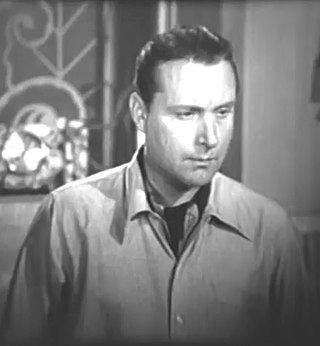
Donald Douglas was a Scottish-American actor who performed in films, on the stage and in radio.

John Archer was an American actor.

William Best, known professionally as Willie Best or Sleep 'n' Eat, was an American television and film actor.

The Mouthpiece is a 1932 American pre-Code crime drama film starring Warren William and directed by James Flood and Elliott Nugent. It was produced and distributed by Warner Bros. The film is currently available on DVD in the Forbidden Hollywood series.

Margaret Seddon was an American stage and film actress.
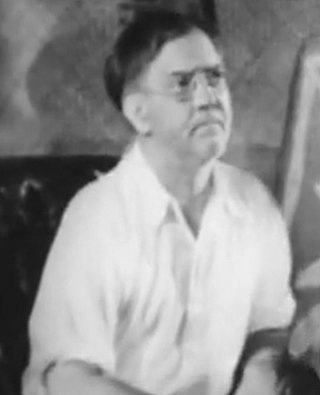
Milton Kibbee was an American film actor. He appeared in more than 360 films between 1933 and 1953. He was the brother of actor Guy Kibbee and the father of actress Lois Kibbee. He died in Simi Valley, California. His remains are interred at Oakwood Memorial Park Cemetery in Chatsworth, California.
Clarence Budington "Bud" Kelland was an American writer. Prolific and versatile, he was a prominent literary figure in his heyday, and he described himself as "the best second-rate writer in America".

Lilly Turner is a 1933 American pre-Code melodrama directed by William A. Wellman, starring Ruth Chatterton and produced by First National Pictures. It is based on the 1932 play of the same name by Phillip Dunning and George Abbott. Warner Brothers attempted to reissue the film in 1936, but the Production Code Office denied them a certificate.
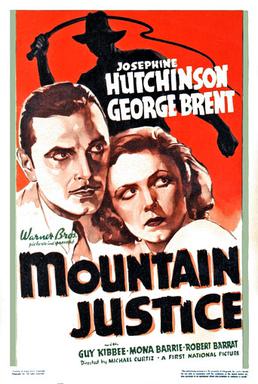
Mountain Justice is a 1937 American drama film directed by Michael Curtiz, and starring George Brent, Josephine Hutchinson, and Guy Kibbee. It was produced and distributed by Warner Brothers. It is loosely based on the story of Edith Maxwell, who was convicted in 1935 of murdering her coal miner father in Pound, Virginia.

Scattergood Baines is a 1941 American comedy drama film directed by Christy Cabanne and starring Guy Kibbee, Carol Hughes and John Archer. It is based on a novel by Clarence Budington Kelland. The character of Scattergood was also popular during the days of live radio. Five other Scattergood Baines films, all starring Guy Kibbee, were subsequently made including Scattergood Pulls the Strings and Scattergood Meets Broadway which were released later the same year.

The Mad Doctor of Market Street is a 1942 American horror film produced by Universal Pictures starring Lionel Atwill. The film was a low-budget project that utilized the studio's contract players and gave rising director Joseph H. Lewis an opportunity to demonstrate his versatility with little production money.
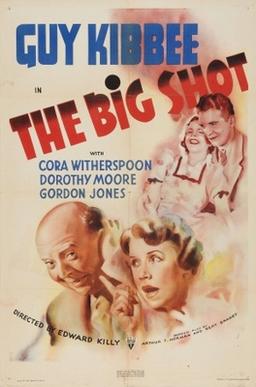
The Big Shot is a 1937 American comedy film directed by Edward Killy from a screenplay by Arthur T. Horman and Bert Granet, based on a story by Lawrence Pohle and Thomas Ahearn. The film stars Guy Kibbee, Cora Witherspoon, Dorothy Moore, and Russell Hicks. Produced and distributed by RKO Radio Pictures, the film premiered on July 23, 1937.
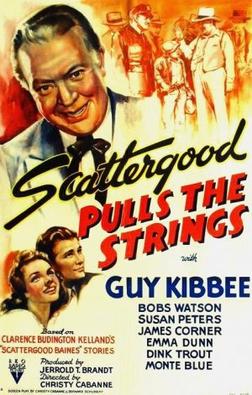
Scattergood Pulls the Strings is a 1941 American comedy film directed by Christy Cabanne and written by Christy Cabanne and Bernard Schubert. It is the sequel to the 1941 film Scattergood Baines. The film stars Guy Kibbee, Bobs Watson, Susan Peters, James Corner, Emma Dunn, Dink Trout and Monte Blue. The film was released on May 23, 1941, by RKO Pictures.

Scattergood Meets Broadway is a 1941 American comedy film directed by Christy Cabanne and written by Michael L. Simmons and Ethel B. Stone. It is the sequel to the 1941 film Scattergood Pulls the Strings. The film stars Guy Kibbee, Mildred Coles, William "Bill" Henry, Emma Dunn, Frank Jenks, Joyce Compton and Bradley Page. The film was released on August 22, 1941, by RKO Pictures.

Scattergood Rides High is a 1942 American comedy film directed by Christy Cabanne and written by Michael L. Simmons. It is the sequel to the 1941 film Scattergood Meets Broadway. The film stars Guy Kibbee, Jed Prouty, Dorothy Moore, Charles Lind and Kenneth Howell. The film was released on May 8, 1942, by RKO Pictures.
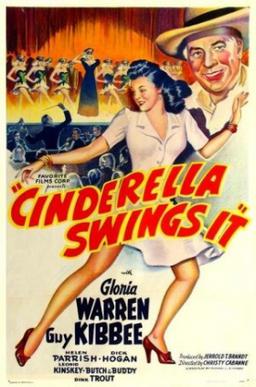
Cinderella Swings It is a 1943 American comedy-drama film directed by Christy Cabanne from a screenplay by Michael L. Simmons, based on short stories by Clarence Budington Kelland about small-town philanthropist Scattergood Baines. Produced and Distributed by RKO Radio Pictures, it was released on January 22, 1943, and stars Guy Kibbee and Gloria Warren. It was the last of the six films in the Scattergood Baines series and the only one without the word “Scattergood” in the title. Originally called Scattergood Swings It, the picture was renamed because the franchise was declining in popularity.
Richard Cahoon was an American editor of both film and television. During his career he edited over 40 feature films, and over a dozen television series. His work earned him an Emmy nomination and two Eddie Awards.
Michael L. Simmons (1896–1980) was an American screenwriter and novelist. The 1933 film The Bowery was based on his novel Chuck Connors.
Scattergood Baines is an American serial radio program that was broadcast in two versions, one on CBS from 1937 until 1942 and the other on Mutual in 1949. Both versions were based on stories written by Clarence Budington Kelland and published in magazines.














